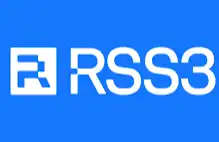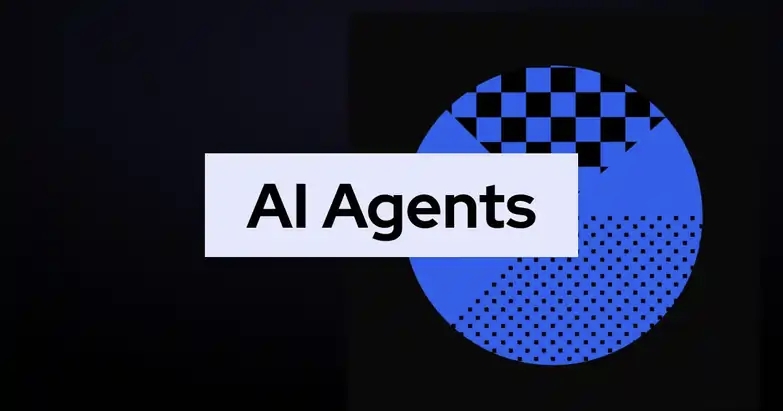Exclusive Interview with Dankrad Feist | Researcher at Ethereum Foundation
Welcome to Kernel Talk, this is Rose from Kernel V...
Welcome to Kernel Talk, this is Rose from Kernel Ventures. We are a crypto VC fund focusing on the growth of dev communities and backing the most ingenious founders in the world. Today we are at the StarkWare Sessions in Tel Aviv with Dankrad Feist — Researcher at the Ethereum Foundation who proposed the new sharding design and concept of Danksharding. Let’s learn about the next steps for Danksharding, its value add, as well as the potential for new use cases enabled by Proto-Danksharding from Dankrad.
1. After Proto-Danksharding, what’s the next step toward Danksharding?
Proto-Danksharding was designed with the goal that basically upgrading it will become really easy, so it basically already uses all the cryptography and all the basic components that we need for Sharding. And what that means is that we can gradually upgrade it without actually needing to hard fork Ethereum again. So basically all the next steps will be things that we can do on the networking layer. And there are some things we can probably do quite soon. So for example, some optimisations we can do to more efficiently transmit the blobs on the network and that will make it probably possible to do a small amount of scaling, maybe a factor of two or four something of the number of commitments that we can allow. And I can see that quite soon, that might happen half a year to a year after the first implementation. And then the big upgrade will be to implement data availability sampling, and again, some clients could actually choose to do that to just basically prototype implementation and allow some people to use that even without everyone on the team doing it initially, but to fully roll it out to the Ethereum network, the big thing that we still need it to happen is some research on the network on how to build a robust layer to carry the samples.
2. What’s the biggest value add that Danksharding brings? Does the implementation of Danksharding make it possible for some kind of new applications to emerge, what else should we expect?
In a way what Danksharding does is that it brings, finally a scalable data availability layer to it. So the value add is that on Rollups at least you can finally have a large number of transactions, which means that they’re going to be cheaper. And to me, that just means we are finally ready to actually get the full potential of crypto. Like all the things that people imagined in 2014, 2015, early on when Ethereum was designed and built that this can actually not just be implemented, but also be used by a large number of users. I think the possibilities are endless, we will see a lot. Even the basic applications, like payments is a huge application if we can finally make it cheap and scalable.
3. Do Optimistic Rollup and zk-Rollup receive the same benefit from Proto-Danksharding and Danksharding?
Largely yes, for both ultimately what they need in order to have cheap transactions and be scalable is just a data availability layer that they can use. Brings them much more data like core data on Ethereum right now. And yeah, they can benefit from it in the same way but just with some different details on how exactly they have to implement the blockchain.
4. What’s your vision for storage on Ethereum post Sharding? Do you see any project working on this?
So basically what Ethereum will not be responsible for is the state of the Rollups. So if Ethereum is responsible for posting all the data that is needed to update the state, but the state itself, the Rollups will have to figure out how they maintain it and potentially how they incentivise to maintain it. That is in a way up to them. I think there are like already ideas and solutions emerging. But I mean it depends on the size of the Rollup, for the kind of Rollups that we see right now. I don’t really see it as a major problem because the state is still small enough that it will not be lost. It will just be around even if you don’t have any particular incentives on it. But if you do want to design Rollups that ultimately have a much, much larger state, which I think people absolutely should, then it’s really worth thinking about how are you going to incentivise it.
5. Do you see any new use cases enabled by Proto-Danksharding, like social or maybe gaming? What are some new or exciting use cases you are looking forward to?
That’s very interesting. And for sure it’s true. I do think exactly like what you mentioned, social and gaming ultimately will profit from having much cheaper transactions. And definitely like social, for example, I find it super interesting because it’s an application that does not necessarily depend on any real world bridges say, like how financial applications have become much more interesting, if you can have security on Ethereum, which is obviously quite a hard problem from a regulatory perspective. But in social and gaming, we can do a lot of things without necessarily needing this. So yeah, I’m definitely looking forward to seeing that. And I think all of these will be enabled by actually having a scalable base layer.
Thank you for all the insightful knowledge on Danksharding and very excited to see some of the new use cases enabled by Proto-Danksharding. If you like our content, click the subscribe button and stay tuned for more exciting interviews!
Kernel Ventures is a research dev community driven crypto VC fund with more than 70 early stage investments, focusing on infrastructure, middleware, dApps, especially ZK, Rollup, Modular Blockchain, and verticals that will onboard the next billion of users in crypto such as Account Abstraction, Data Availability, Scalability and etc. For the past seven years, we have committed ourselves to supporting the growth of core dev communities and University Blockchain Associations across the world.
免责声明:文章中的所有内容仅代表作者的观点,与本平台无关。用户不应以本文作为投资决策的参考。
你也可能喜欢
Bitget 现货交易BOT新增2个交易对的公告
HEIUSDT 现已上线合约交易和交易BOT
RSS3 AI数据网络为Virtuals的G.A.M.E.智能体提供全球数据支持
RSS3 AI 数据网络正式集成至 Virtuals G.A.M.E. 框架,为 AI 智能体提供去中心化、实时、可验证的数据,助力 AI 在游戏、DeFi 和社交领域实现更自主的智能决策。


